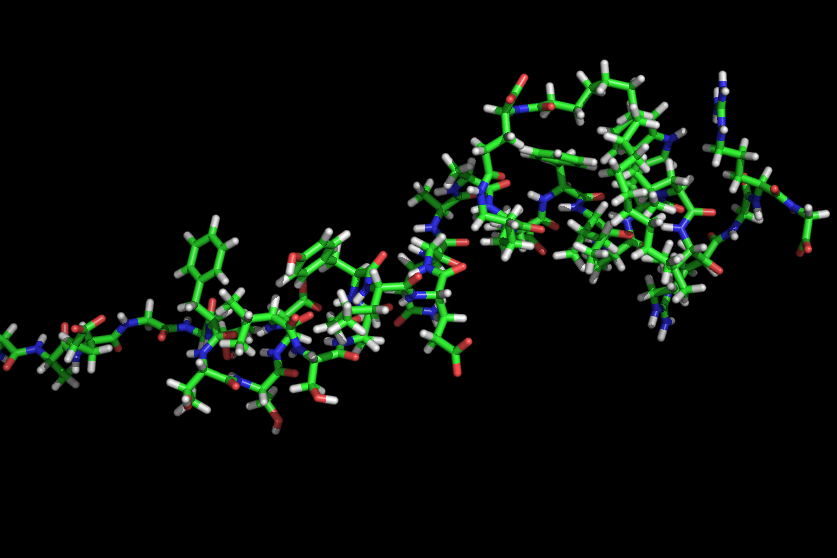The U.S. Food and Drug Administration has approved Saxenda (liraglutide) for chronic weight control in obese patients aged 12 and older.
Saxenda has been approved for chronic weight control in adults with a BMI of 30 kg/m2 or more, or in adults with a BMI of 27 kg/m2 or more who have at least one weight-related condition and weighing more than 60 kg (132 pounds). It’s a supplement to a low calorie diet and increased physical activity also for adults.
The problem of obesity among teenagers
Obesity is a health issue among teenagers, with 20% of kids ages 12 to 19 considered obese, according to the Centers for Disease Control and Prevention. Obesity can increase the risk of many diseases, including diabetes, heart disease, and certain cancers. Childhood obesity can also lead to self-esteem problems and depression. Many obese children are likely to become obese adults.
Saxenda was assessed in a 56-week, double-blind, placebo-controlled study among 251 patients aged 12 to 17 with a BMI corresponding to 30 kg/m2 or more for adults and in the 95th percentile or more for their age and gender. After a 12-week period of guidance on a low-calorie diet and increased physical activity, the patients were randomly assigned to receive either Saxenda once a day or a placebo once a day.
The primary assessment criterion was the change in the BMI standard deviation score (BMI SDS), a standard measure of how much a developing person’s BMI compares to the average BMI for their age and sex; BMI SDS can be useful in pediatric obesity studies because the BMI SDS of a developing person tends to stay the same over time, while a person’s weight increases during childhood.
The results
After 56 weeks, the patients treated with Saxenda had an average reduction of 0.23 in their BMI SDS from the beginning of the study, while patients taking the placebo, on average, had no reduction in their BMI SDS. Moreover, patients taking Saxenda lost on average 2.65% of their body weight, while patients taking the placebo gained an average of 2.37% of their body weight.
Saxenda contains liraglutide and should not be administered with other liraglutide products or with any other GLP-1 receptor agonists. The use of Saxenda for pediatric patients with type 2 diabetes is not advised. The drug has not been shown to treat weight loss in combination with other products (such as prescription drugs, common drugstore medicaments, and herbal formulations).
Warnings and adverse reactions
There is a warning in the Saxenda prescribing information about the risk of thyroid C-cell tumors. The most common adverse reactions reported in the pediatric clinical trial included gastrointestinal side effects (such as nausea, vomiting, and diarrhea), dizziness, and fever. There was one suicide in the trial in the Saxenda treatment group, so patients should be monitored for depression and suicidal thoughts.
Moreover, hypoglycemia (low blood sugar) occurred in 15% of patients who received Saxenda compared to 4% of patients who received a placebo. The treatment should be stopped if pancreatitis (pancreas inflammation) is suspected. Patients should also be monitored for acute gallbladder disease, increased heart rate, kidney failure, and hypersensitivity reactions (allergies). The FDA granted Saxenda approval to Novo Nordisk Inc.
Date: December 6th, 2020
Link: https://www.fda.gov/drugs (04-12-20)
Nutrigenomics Institute is not responsible for the comments and opinions included in this article






